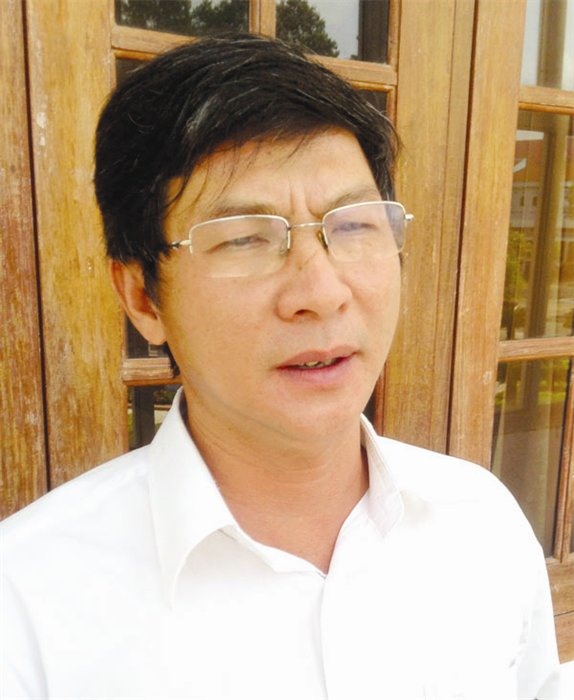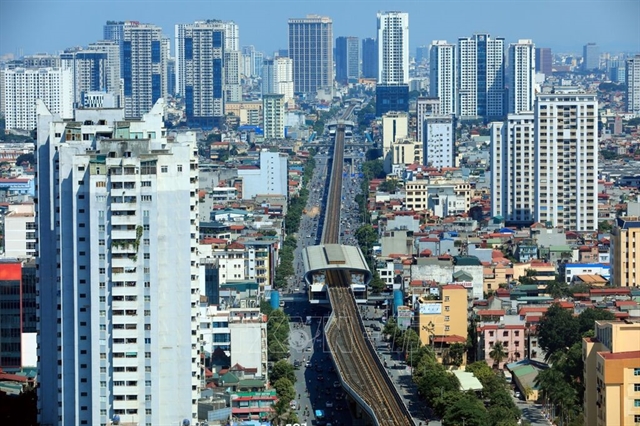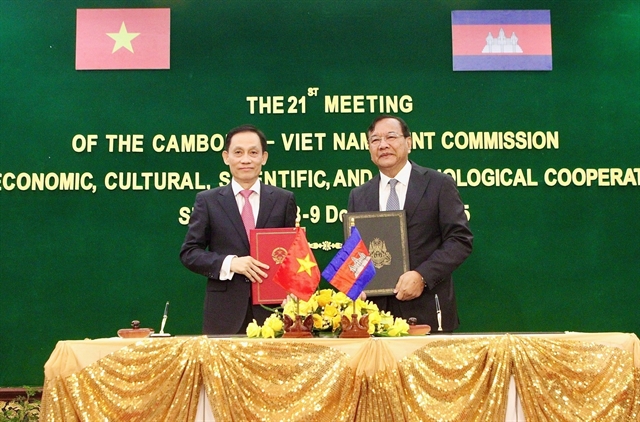 Economy
Economy

Việt Nam’s tra-basa (catfish) fish exporters will likely find it more challenging to export to the US market after the US Department of Commerce (DOC) imposed high anti-dumping duties on frozen catfish fillets imported from Việt Nam. Vietnam News Agency and Trương Đình Hòe, general secretary of the Việt Nam Association of Seafood Exporters and Producers (VASEP), discussed some solutions to the new challenges.
 |
| Trương Đình Hòe |
Việt
1. What are the main points of the DOC’s 13th administrative review of the anti-dumping duties on Việt
This is the thirteenth time Vietnamese enterprises have been subject to the DOC’s review of tariffs for shipments exported between August 2015 and July 2016 to decide the final tax rate for these shipments.
The new point in this review is that this is the first time that businesses exporting catfish to the
Therefore, the tariff rate adopted for Godaco will be used as the average tax rate applied for the remaining exporters during the POR 13.
2. In your view, what aspects of the DOC’s 13th final decision are irrational?
Firstly, the tax rate assigned to the mandatory respondent, Godaco, is much higher than the standard
Specifically, a tax rate of US$3.87 per kilogramme is unreasonable compared to the standard
Secondly, the tax imposition on Godaco this time was determined based on Godaco’s biggest disadvantages. The DOC did not consider all of Godaco’s records but used the previous case law to examine shortcomings which resulted in a higher national tax rate. Meanwhile, DOC should have considered this was the first time Godaco has to declare the production factors in accordance to the new standards.
Thus, DOC did not review the imposition of tax sufficiently, as well as it did not take account of the elements of declaration procedures in the process.
The third unfair point was that usually, the tax rate calculated from the available unfavorable factors is not included in the average tax rate imposed on the companies which are not mandatory respondents, or in other words the companies are not entitled to have a separate tax rate. This is an absurd imposition and not included in previous anti-dumping duty reviews.
3. Based on previous experience with handling anti-dumping lawsuits, what will VASEP do with the DOC’s 13th ruling?
We follow the procedure. If the DOC’s ruling is not completely reasonable, Vietnamese enterprises can file a lawsuit with the
Việt
Godaco has filed a lawsuit with the
4. Could you predict some scenarios that could happen as a result of the complaints to the
Such lawsuit can last about from a year and a half to two years. And we can be confident that the incomplete tax review for Godaco’s record will be re-evaluated, so Godaco may be subject to a lower tax rate, which will lead to lower tax applied for the remaining firms.
In addition, the tax calculation method based on the adverse factors available for Godaco will also be reviewed. This is likely to have a good result and better tax rates for other Vietnamese businesses. Thus, the “door” to the
5. What are fundamental solutions for Việt Nam’s aquaculture industry, as well as processing and exporting of Vietnamese catfish in particular, as protectionism emerges worldwide?
In the global integration process, in order to export aquatic products to foreign markets, enterprises must comply with the requirements on quality, food hygiene and safety.
In my opinion, Vietnamese businesses have been focusing on improving the fisheries production chain, from seed production to cultivation, processing and exporting. Over the past years, many companies have been awarded international certificates, qualified to export catfish fish to high-end markets such as the United Sates, EU, etc.
Therefore, to maintain the export market share, the most important prerequisite is still quality. Besides, the price of products is also a key factor. Many companies have updated technology in the value chain, thus the production cost should be further optimized to compete with other aquatic products such as whitefish, tilapia or American catfish.
6. What is your forecast for Việt Nam’s export turnover in 2018, including export value of catfish if the DOC’s 13th ruling is implemented?
In the first quarter of this year, catfish export turnover reached $400 million, up 7 per cent over the same period of last year. This is a good signal in the context that Việt Nam is facing the
In addition, VASEP is seeing a recovery in the EU and
The remaining problem is to balance the demand and supply according to market demand. If it is done well, Việt




